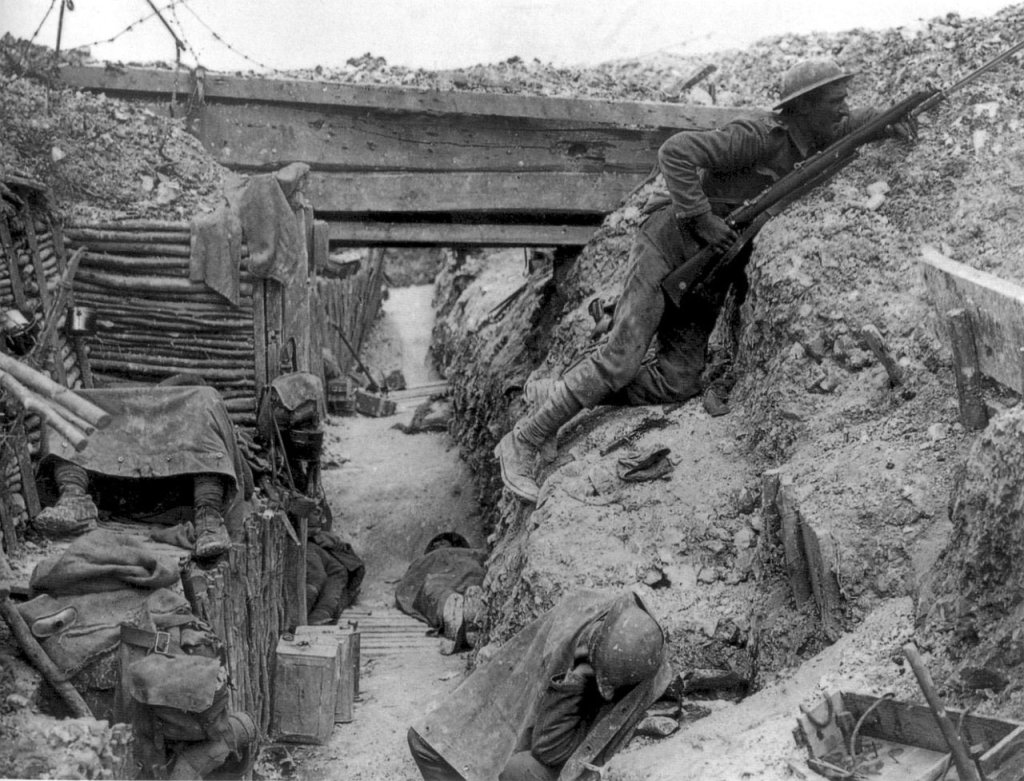World War I is famously known as the war to end all wars that resulted in the shattering of many countries. It left generations with memories of horrors they had witnessed, military and civilian alike, with bloody massacres. Many Englishmen were torn apart by the battle and their long-held belief of nobility in the war turned into mockery. At the time, the old colonial way of officer selection was through their social class and blood ties to nobility. Evidently, the men of England did not just face a fight that threatened their existence at the war only. Regardless of their situation, those left at home were ridiculed and mercilessly assaulted on the most vital part of their nature; masculinity. The security of England was in a bad state therefore all men were expected to fight in World War I. Passionate English women from all over the country organized a crusade against the men who stayed home and often referred to them as cowards. This crusade was known as the White Feather Campaign and it used a white feather to symbolize cowardice.

Using a feather to attack masculinity
Masculinity has always been a sensitive topic, particularly for men who aim to live their life on the basis of the criteria for manhood. When WWI broke out, those men who did not represent the country at the war were seen as weak as they failed to fulfill their civic duty. Women who were part of the white feather campaign walked around issuing the white feather to men who were not in uniform.
According to English history, men were frequently taught they were the pinnacle of society. To be weak or seem like cowards meant they were below contempt. Manhood was never determined by the strength of arms but by the way, was living his life. Nothing pierced a man’s heart than being accused of lack of manhood, especially by women.
Englishmen were ready and willing to prove their manhood by fighting in the war because no one wanted to receive a white feather. The conception that masculine identity was so feeble is what made the white feather campaign thrive. Issuing a white feather to men in civilian clothes was honestly a brainy idea because it worked in many ways. It made the men feel like they were not enough for the women and also made them feel shame for not fighting in the war.

Was the white feather campaign fair?
Even though they were not fighting in the war, women who participated in the white feather campaign made a big difference. They had a duty to search for men dressed like civilians around England, issuing them with a white feather to force their participation in the war. Their selection on who to give the feather depended on external appearance, in this case, clothing.
Only on rare occasions were the men in civilian outfits spared of the white feather. This selection criterion was good because most men who were not enlisted never wore the uniform. However, sometimes their judgment was wrong because not being in uniform did not necessarily mean that the men were not enlisted.
Furthermore, there was a likelihood that some men had been to the war earlier than injured with time. Giving a feather to such a man was insulting and undeserving. During the war, men who were severely wounded would often stay in London or other cities dressed as civilians. By being in a civilian’s dressing, the men were often mistaken for normal civilian men, making them possible receivers of the white feather. The public knowledge of the masculinity attack behind the white feather campaign did not make it any less effective, but it brought hatred toward the women who took part in it.


